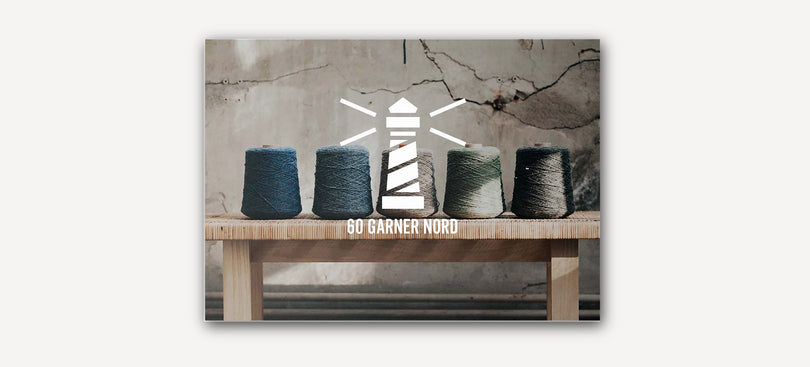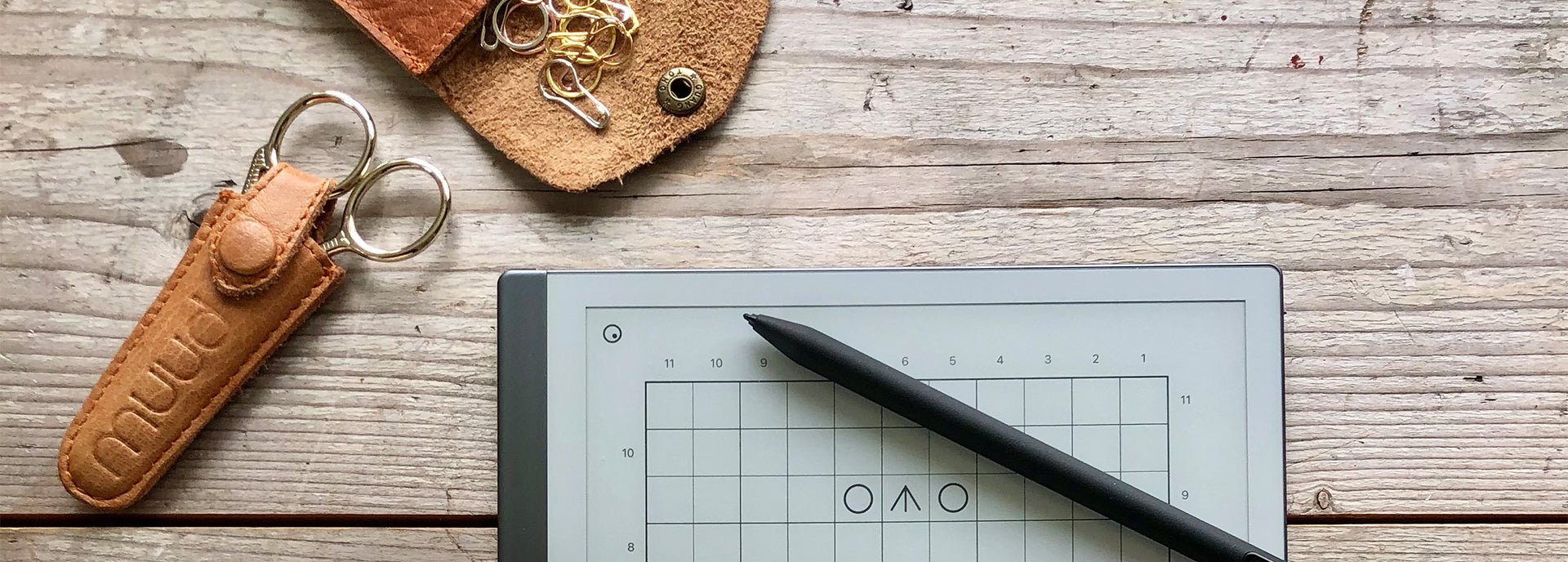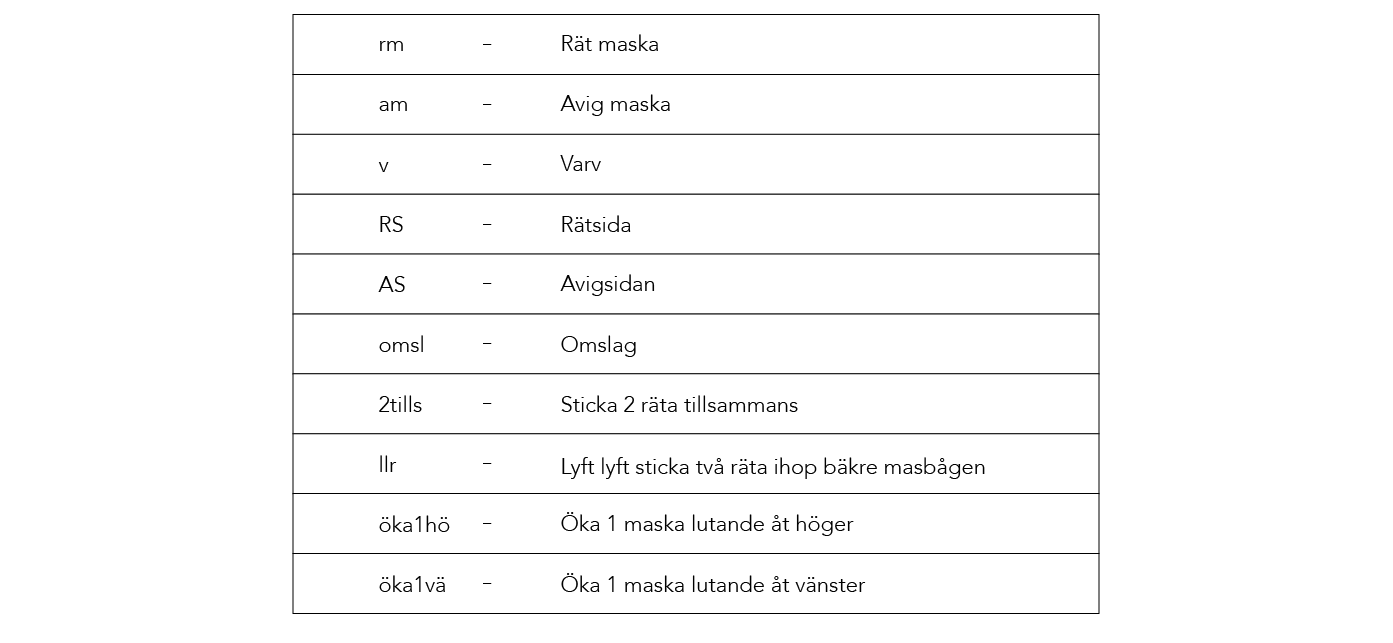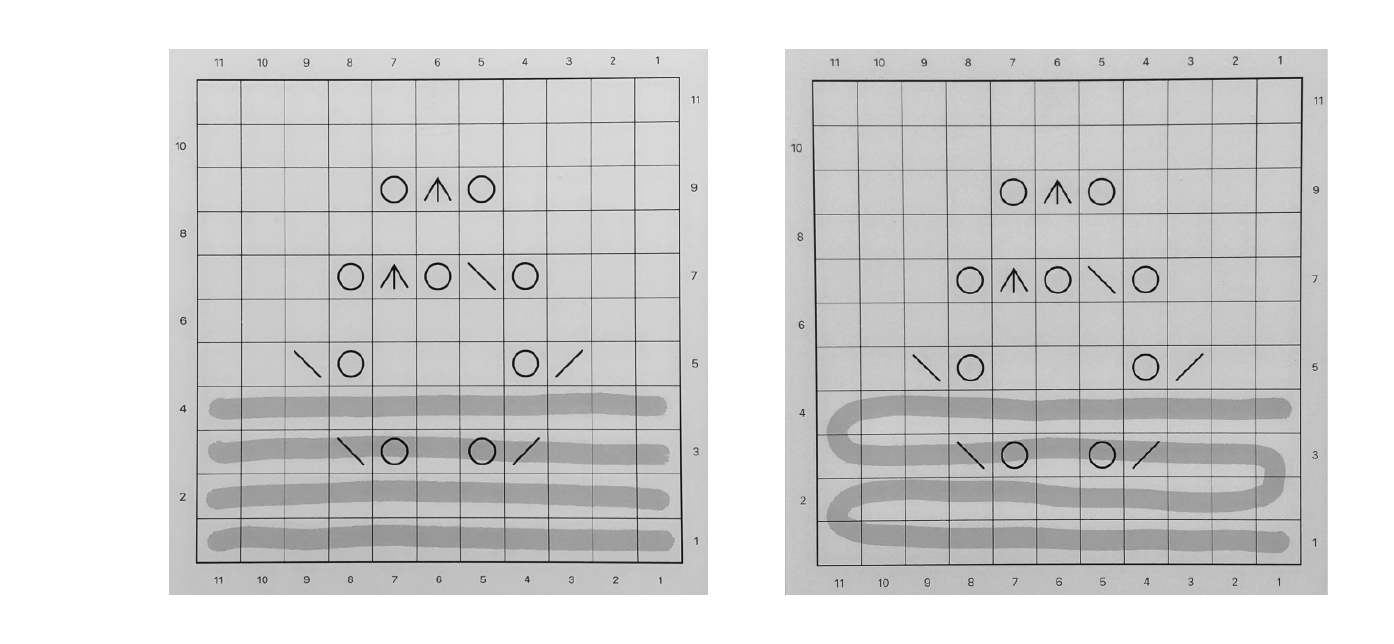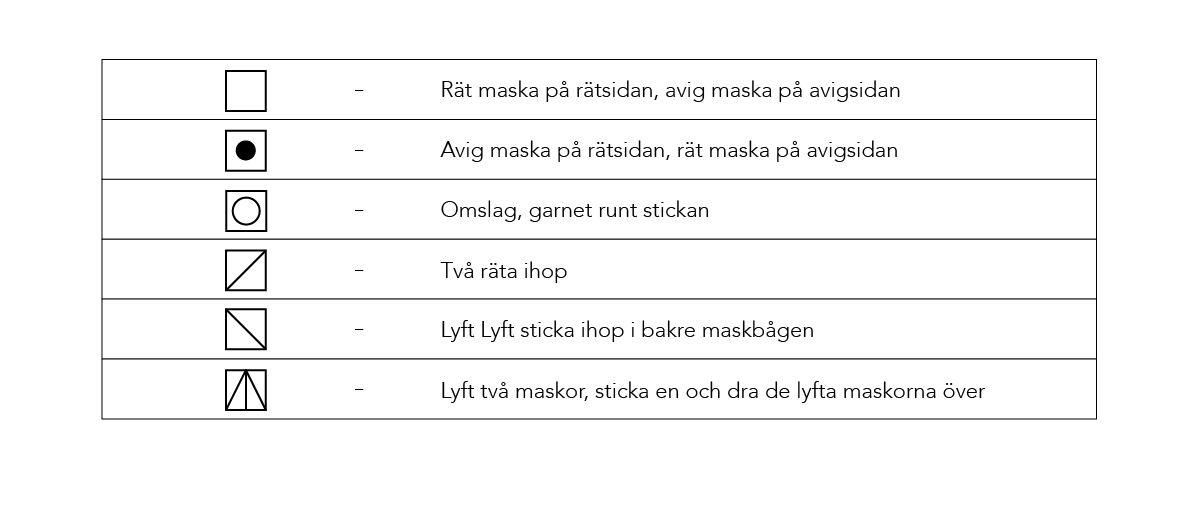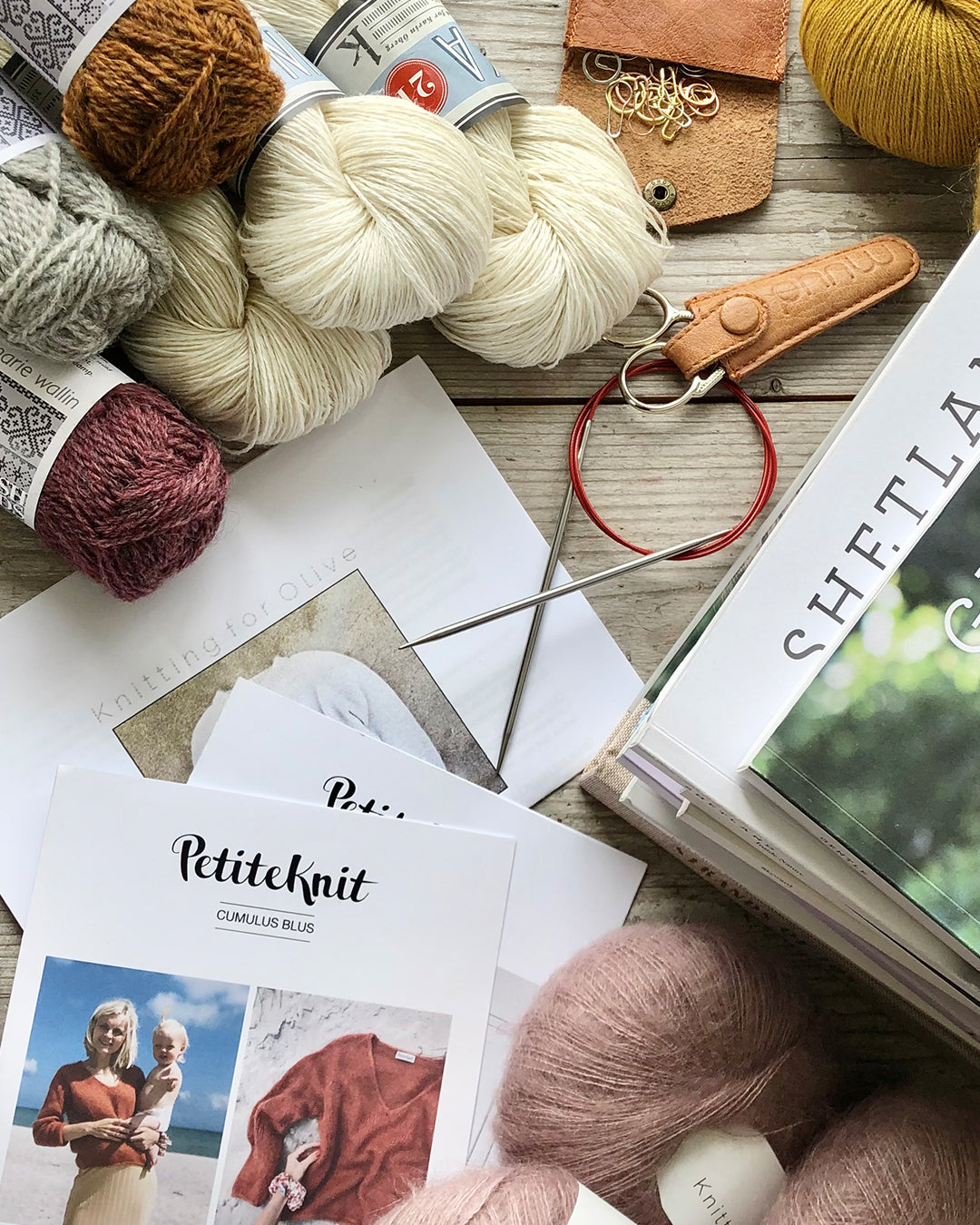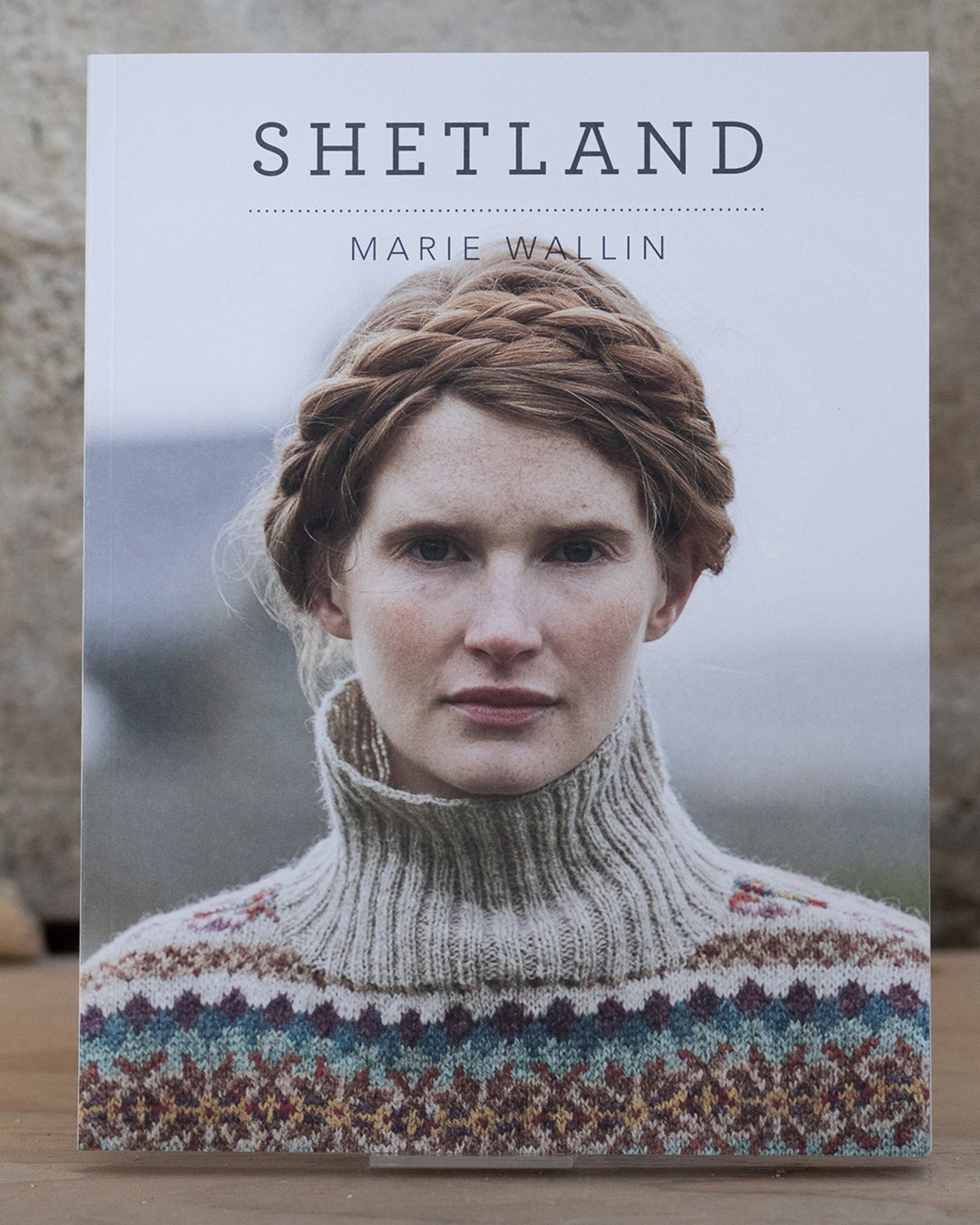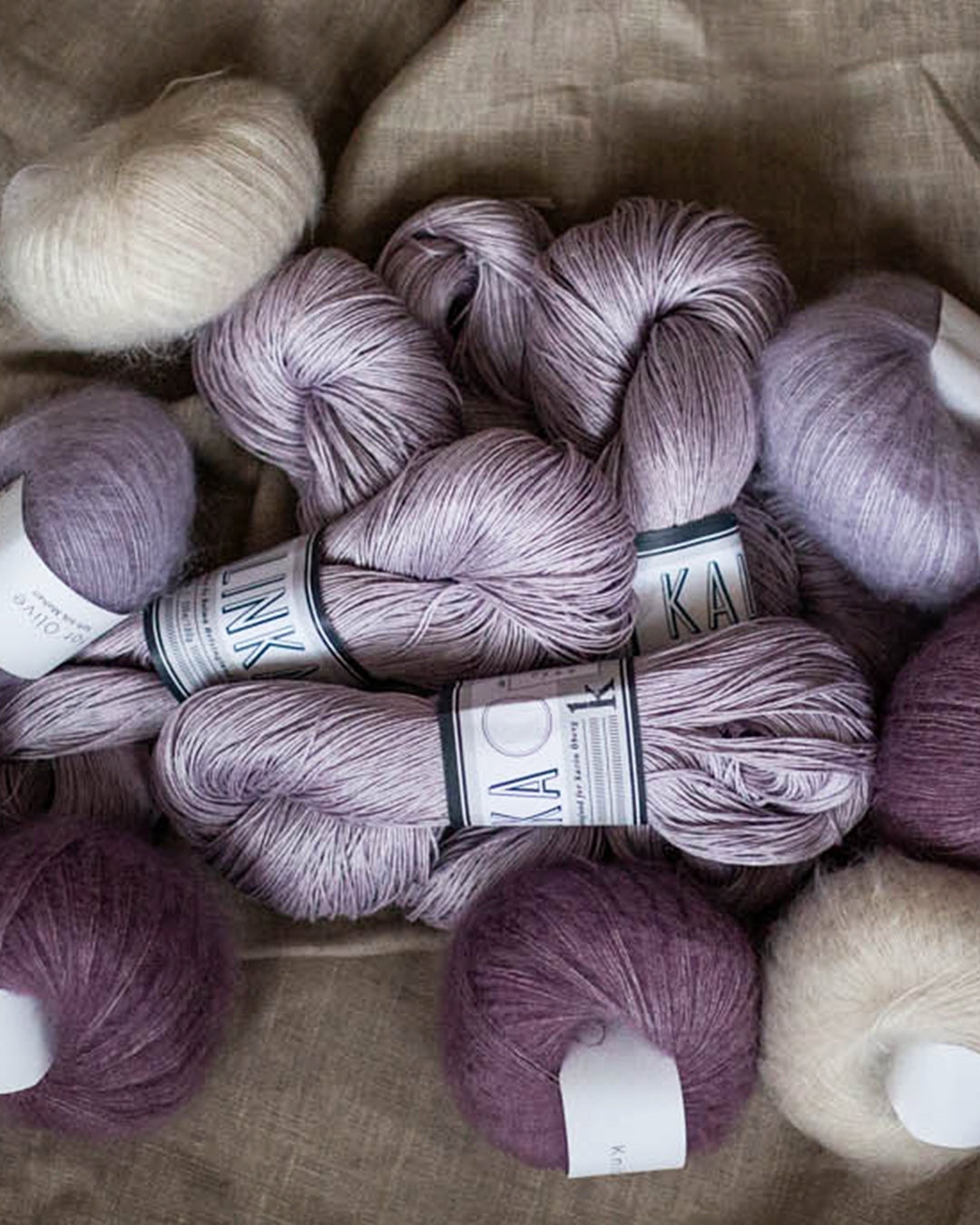Blog Articles - 60 Garner North
Beginner
How do you read a knitting pattern?
Reading a knitting pattern can seem quite simple at first. You can compare it a bit to reading a recipe: first, the ingredients are listed, followed by the instructions. Translated to knitting, this means yarn, needles, gauge – which we have looked at in previous posts – and then the instructions for it. BUT a knitting pattern is a bit more complex than that; it contains a lot of abbreviations and terms you don’t encounter in a recipe, and in many cases, there is also a chart to interpret.
The thing with knitting patterns is that there is no “template” for how they should be designed and what they should include. This also applies to abbreviations. There is no established “universal translation.” However, most patterns include a table of the abbreviations used and what they mean. The same goes for the charts and their symbols, but there is also a table explaining their meaning in that particular pattern.
The key to interpreting your knitting pattern is to be able to decipher these abbreviations and chart symbols.
A table of abbreviations might look like this:
If there is any abbreviation or explanation that is particularly complicated, you will usually find a detailed explanation or a link to a video clip. It is truly fantastic for us knitters today that YouTube and Google exist!
Diagram
Yes, following a chart in a knitting pattern is a bit backwards; you don’t read the chart the same way you read regular text. The chart is a grid pattern that you read in the direction you are knitting.
In the chart, each stitch corresponds to a square, and each row thus corresponds to a round.
Depending on how many stitches the knitting contains (for example, a cardigan can have several hundred stitches per round), a specific section or "repeat," as it is called in knitting language, may be marked, and the stitches in this repeat are repeated the specified number of times.
You read the chart from bottom to top. The first row is read from right to left.
If you knit back and forth, you read the odd rows from right to left and the even rows from left to right. The odd rows are the right side and the even rows are the wrong side. At first, it may feel a bit complicated, but it is still logical.
If you knit in the round, you read each round, that is each row, from right to left.
Does it sound complicated? It’s not that complicated! But I recommend printing or copying your pattern onto paper and having a pencil handy so you can mark where you are in the chart as you read.
The following symbols often appear in patterns with texture and lace, but also patterns with multicolor knitting have charts, and in these charts the color of the square corresponds to the color the stitch should be knitted in if the chart is in color; otherwise, the different pattern colors in the chart usually have their own symbols so you know which color the stitch should have.
Chart symbols can look something like this:
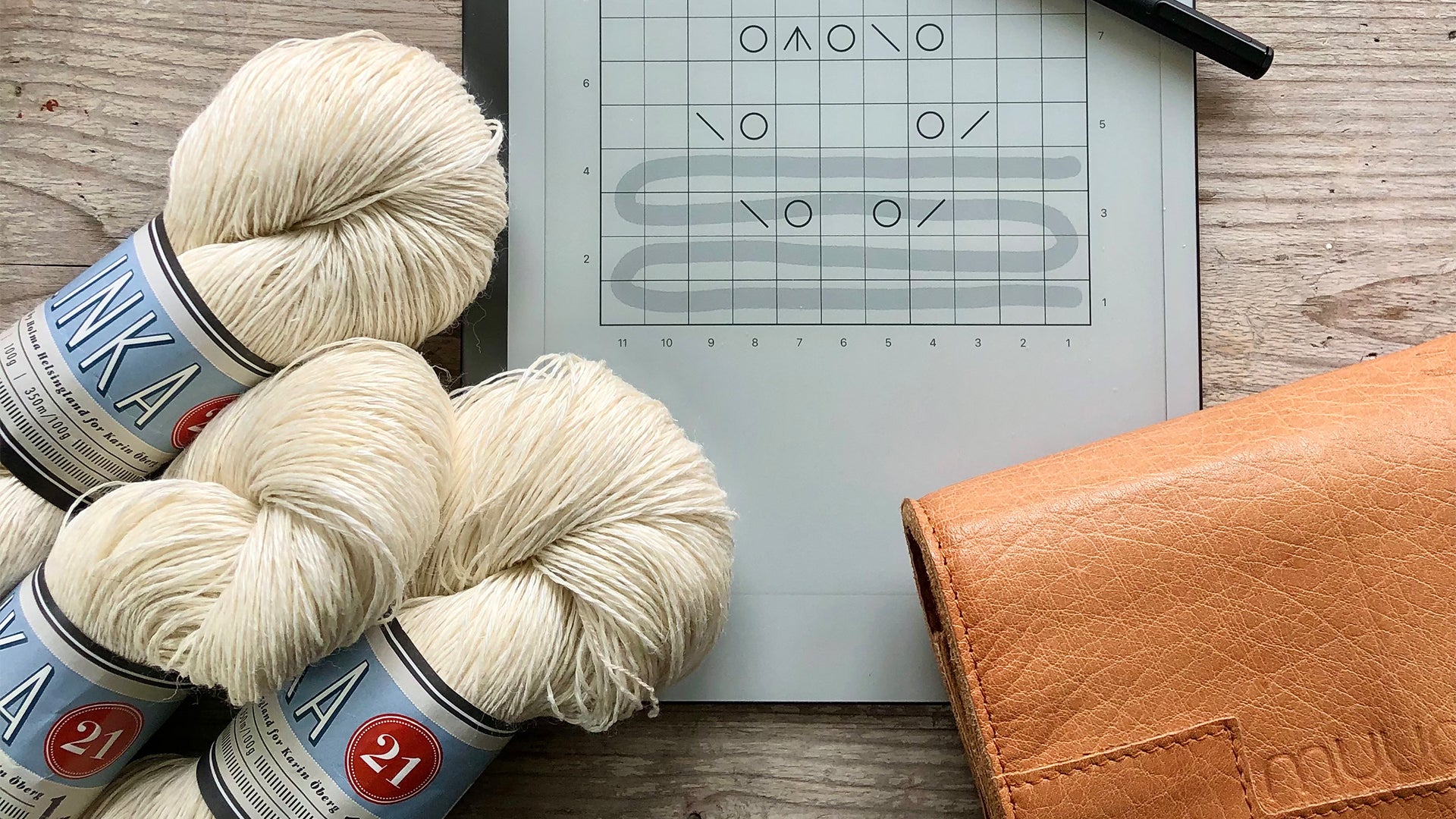
copyright
An important issue to address regarding knitting patterns is the designer's copyright. The pattern usually states the terms of use as ©copyright, which means that you are not allowed to share the pattern or sell it without permission unless otherwise specified.
So it is not permitted to copy a pattern and give it to a friend or share a digital pattern file.
Therefore, when I suggest printing or copying the pattern to be able to take notes and mark it, it is only for personal use.
Different shapes
Knitting patterns can come in many different forms, such as pattern books, knitting magazines and newspapers, individual printed patterns, digital patterns in PDF format, etc.
With us at 60 Garner Nord, you will find pattern books, individual patterns, and magazines with several patterns in each. And of course, everything else you need for your knitting.
So this thing about reading a knitting pattern might not be quite like reading a recipe after all...
But fear not, choose your pattern and get started. However, I recommend that you read through the entire pattern before you begin knitting so that you know what to expect.
I would guess that what lies ahead is delightful knitting!
Hugs / Pernilla

